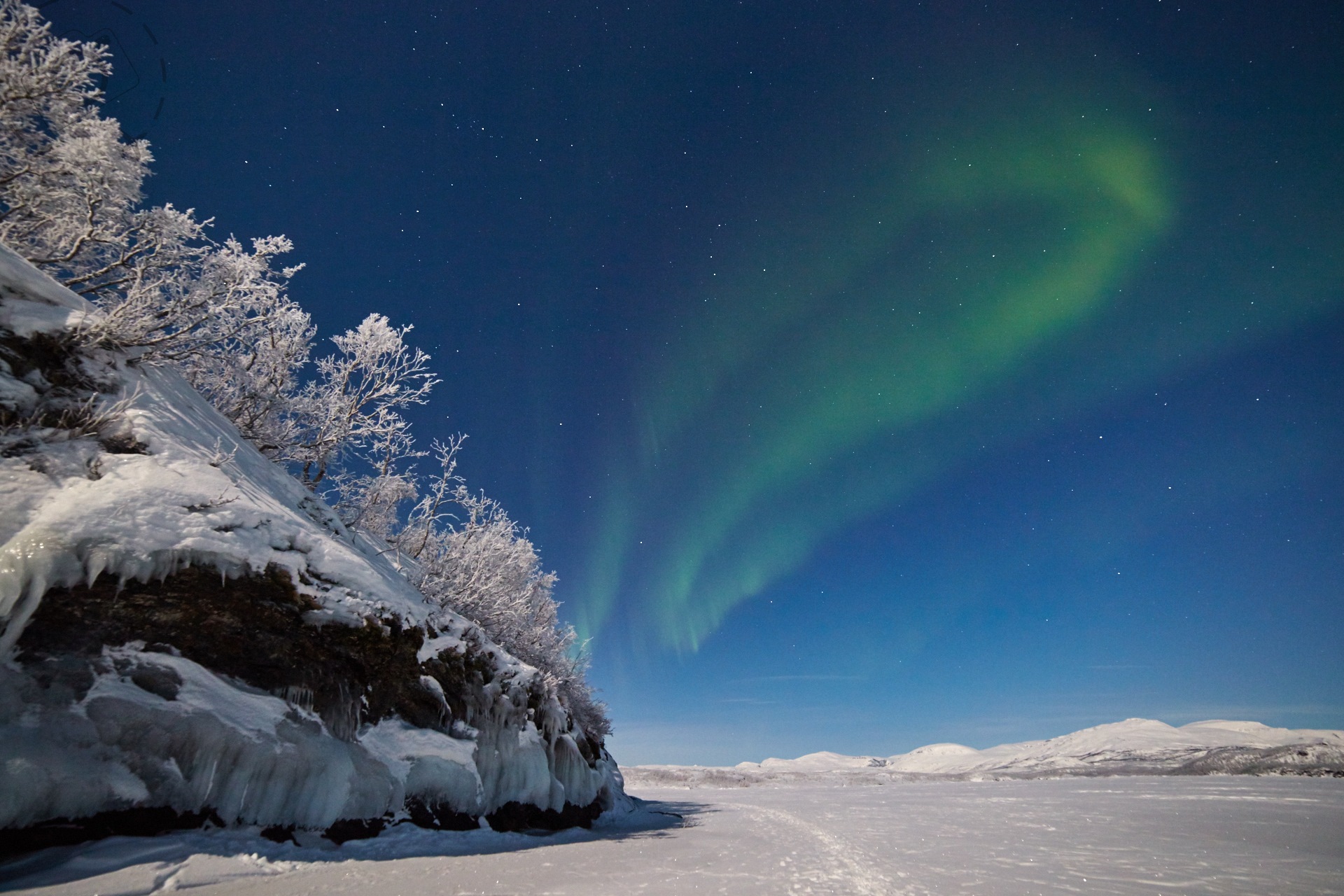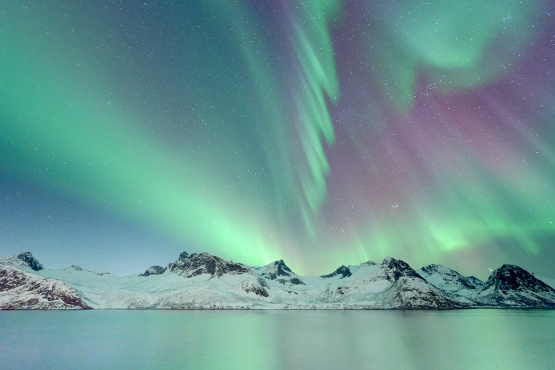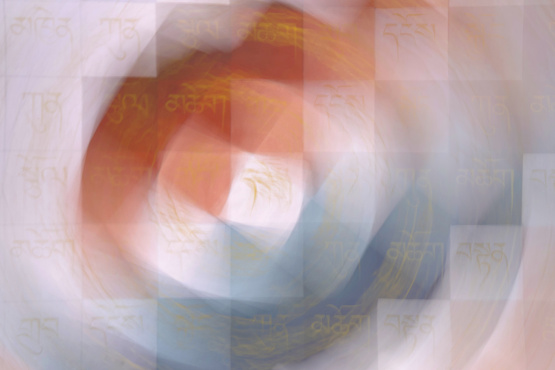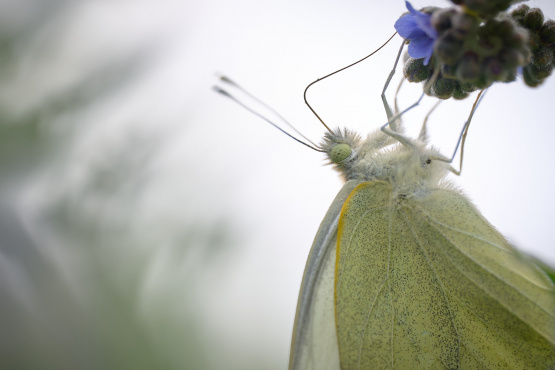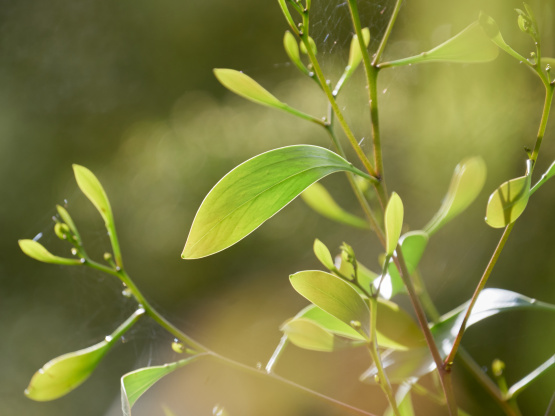Most of my time in the past decade of chasing the northern lights has been in the depth of dark nights, waiting for the slightest glimpse of aurora activity against a moonless sky. The traditional way of thinking is that any moonlight is simply competition for an aurora borealis. You usually want the clearest nights in order to best see the aurora activity on offer.
Photographically however, I’m less interested in the quiet echoes of a minor aurora than I am the amazing spectacle of an aurora borealis bursting over the top of my head. Bigger is typically better when it comes to compositions and ISO performance. Bigger aurora events make for better photos.
This should not be a great surprise to anyone, but it’s worth dwelling on when considering the moonlit night. If you’re going to be most excited by a big aurora then how exactly does moonlight change the equation? In truth, it changes everything.
Big auroras will compete with the moonlit sky in the same way the brighter stars compete. The smaller aurora activity that wasn’t going to make for great compositions may not be easy to see when the moon is out in full, but the big auroras still shine and still inspire and still offer a powerful reward for the patience and determination that is required of this photography.
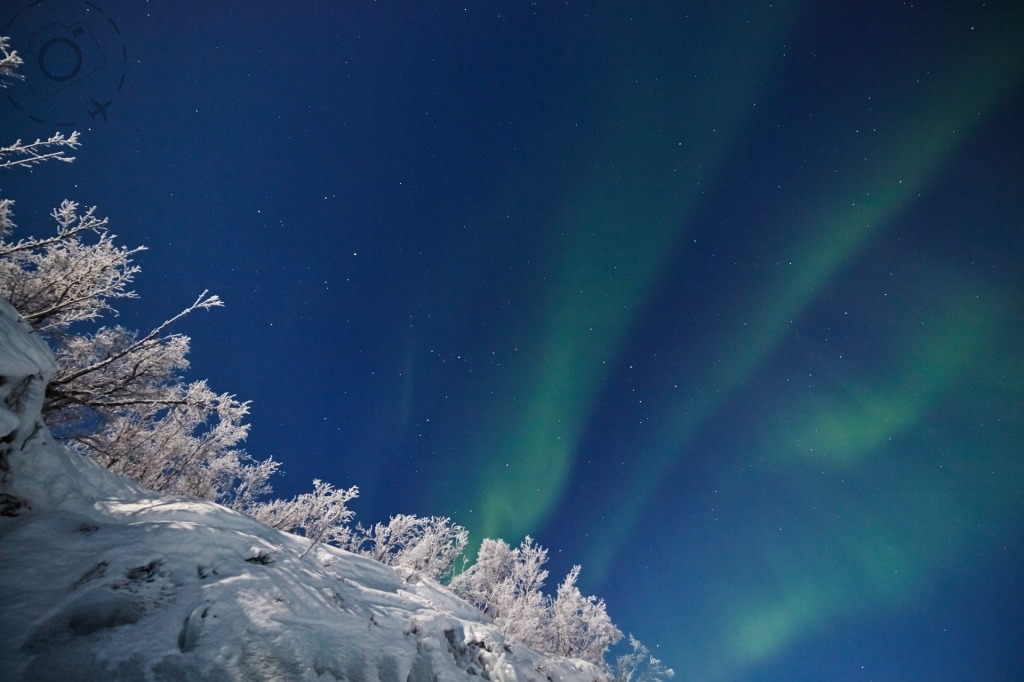
So you will definitely see a decent aurora even when a full moon is lighting up the landscape. Which brings me to the second bonus of the moon, being able to work properly with the landscape for compositions. The extra light across the landscape and merging with the aurora means you can stop down your aperture and gain a little depth of field. You may not want to push out to f/8 of course, but even getting to f/4 means you gain flexibility in foregrounds.
You also gain a lot of options for lens choice when shooting at f/4. My standard advice for shooting auroras is to work at f/2.8 and get a fast+wide lens to make that possible. Tipping in a flood of moonlight changes that equation a little, because you can wide lenses around the f/4 mark for less money than the f/2.8 equivalent. I still favour the Zeiss 15mm f/2.8 for image quality and for all-round night sky flexibility, but if you don’t have a full frame camera or can’t afford the Zeiss, then moonlit nights allow you to shoot with a wide range of more affordable lenses.
On my most recent Arctic trip we started with a moonless sky and finished with a full moon. Across that spectrum of skies we saw very clearly how the moonlight changes the colours of the aurora as well. Under a dark sky the aurora colours are high in contrast and even a little colour pops against a black night. Under moonlight both the sky and auroras gain intensity of colour, especially when shot over a pristinely snow-white landscape such as Arctic Sweden.
I am critical of photographers who over saturate their images to boost the colours of an aurora. This is a natural event and it deserves to be represented with natural colours, so I don’t care for the super flouro hues that so commonly appear on Instagram. At the very least, when processing your aurora photos they should look natural when sitting next to your other landscape work. There is no doubt that a moonlit aurora takes on a vibrance of colour that is unmatched by a regular dark night, but you still have to be careful not to over-emphasise the saturations.
Our final destination while touring Swedish Lapland this week was the massive Lake Torne, which sits near the border with Norway and enjoys some of the clearest skies in the entire Arctic. This means that you get more nights free of cloud with which to wait for aurora activity. On our last night of aurora chasing we enjoyed everything that I truly love about this part of the world. We sat around an open fire drinking hot chocolate, and caught a glimpse of aurora activity. In the following hours we photographed and watched and giggled with excitement.
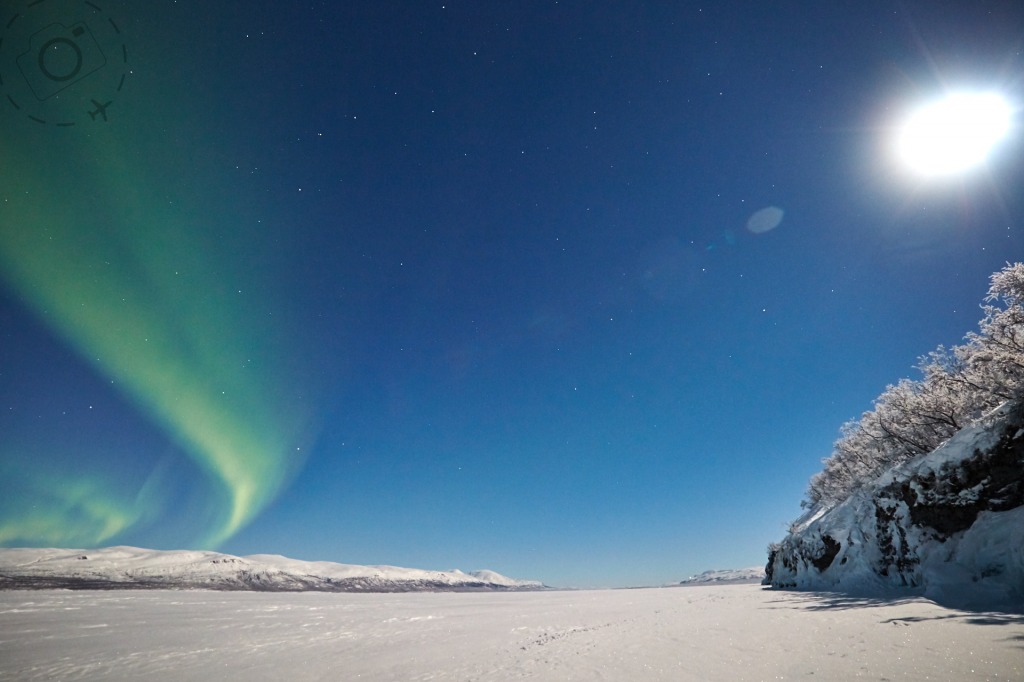
I had one particular composition I really wanted to pursue, a row of frosted trees sitting on a rock ledge above the lake. I just needed to wait for some aurora to come down to the South-West to fill in the scene. The big action was happening out to the North-West instead, and often overhead. Eventually a little sequence of dancing light came through my setup and I got a few keepers. It was shot around f/4 with the ISO down to 1600, and an exposure time of 5 seconds.
The other advantage to shooting under the moonlight is the ease with which to get around at night. You don’t need a flashlight to see where you’re going, or to work the camera. It makes it easier to compose the scene through the viewfinder. I am very much inspired to pursue more of this style, perhaps by shooting along woodland trails where I have more elements in the composition but still a channel of sky above to fill in with aurora.
You just have to wait for those nights when it puts on a decent show. But this is always the deal with aurora chasing, you need to have patience with the weather and with the fickle nature of the northern lights. And as always, pick a lovely location to enjoy it.

(our photographers on location at the Aurora Safari Camp shooting under a very dark sky)

